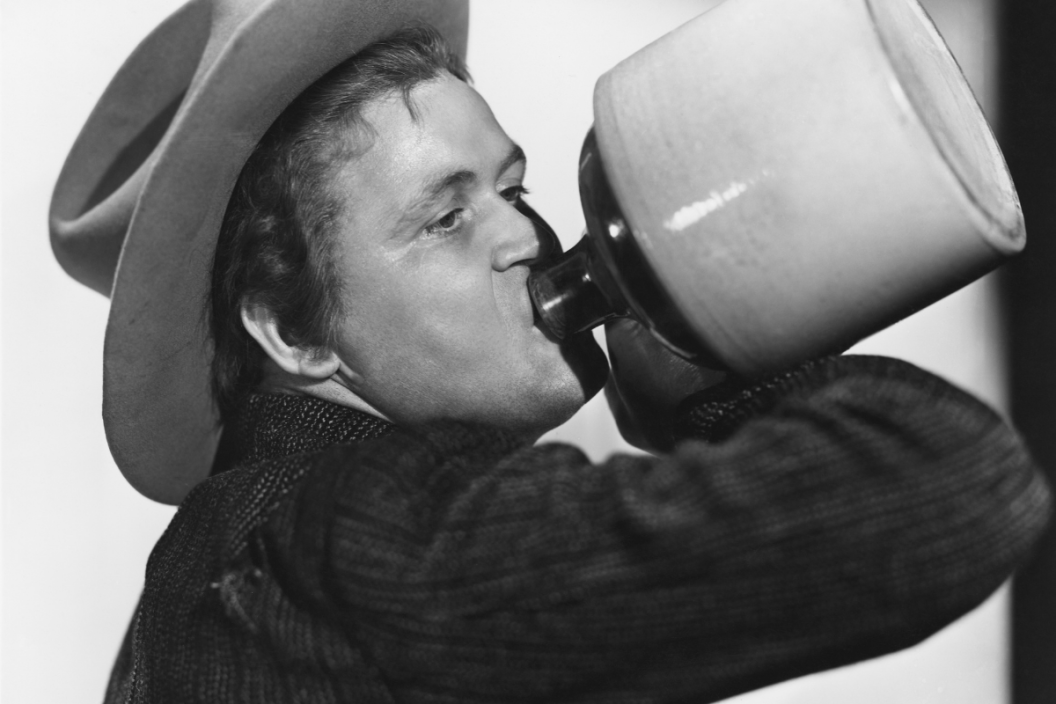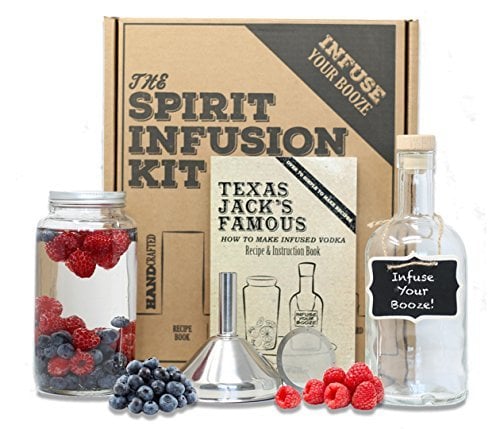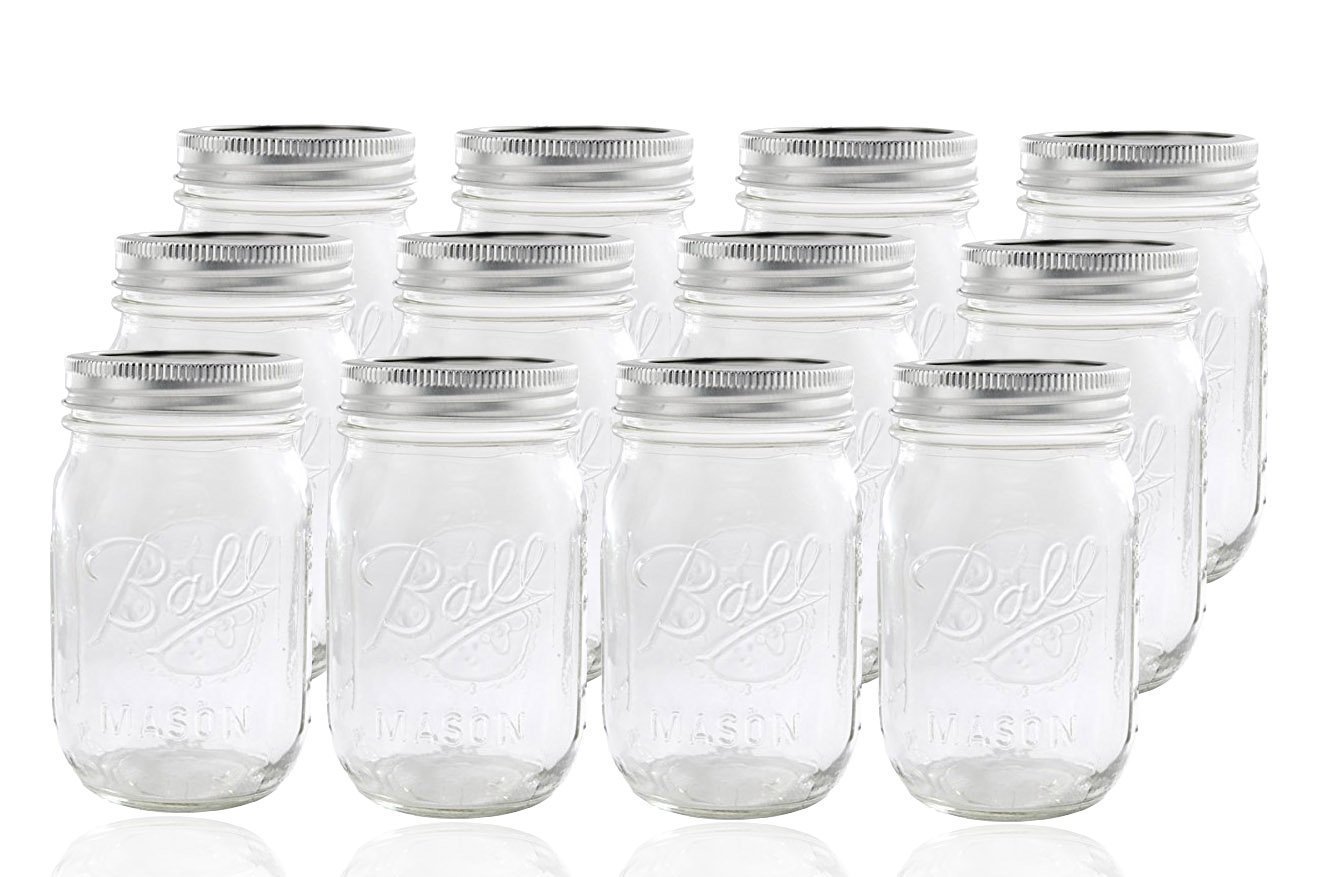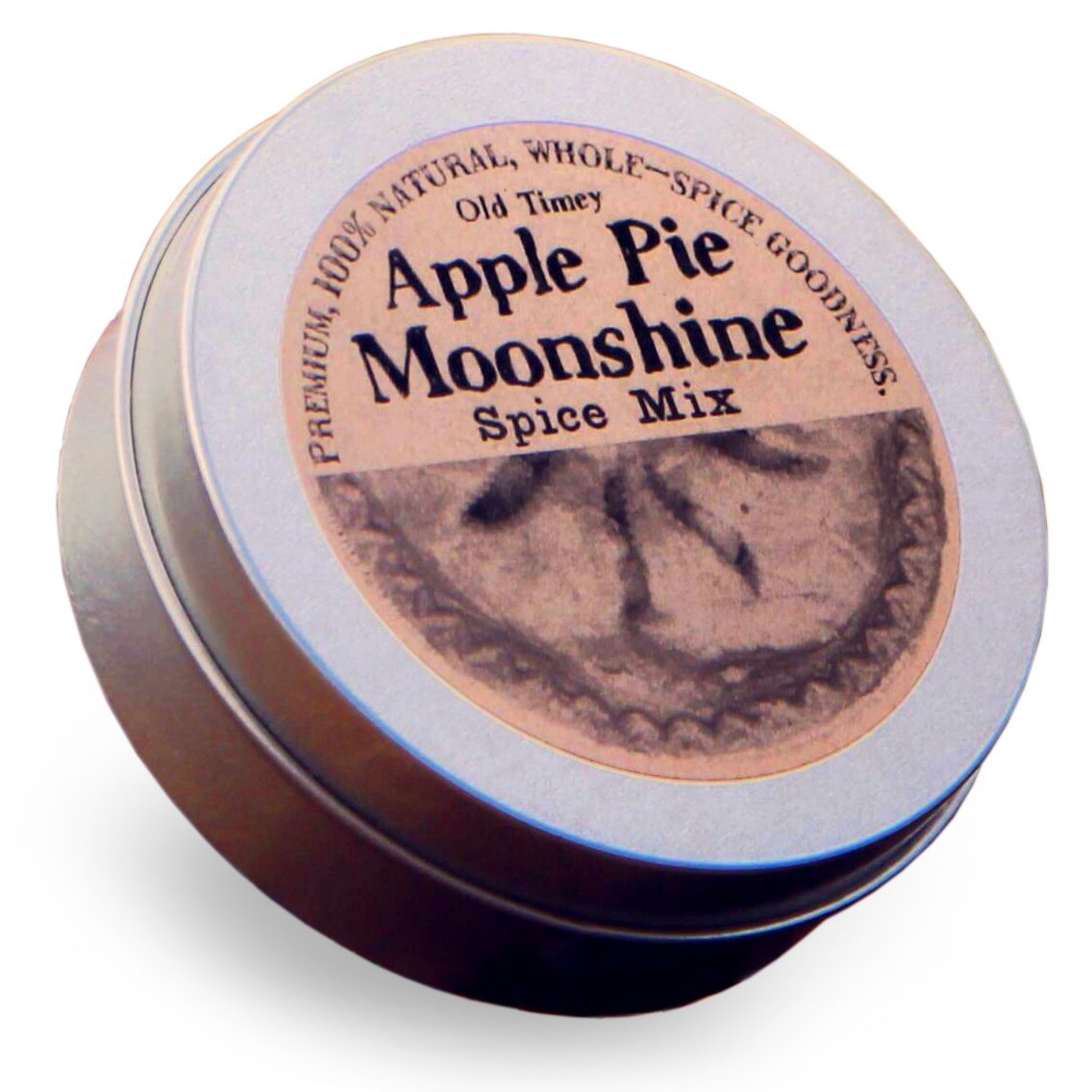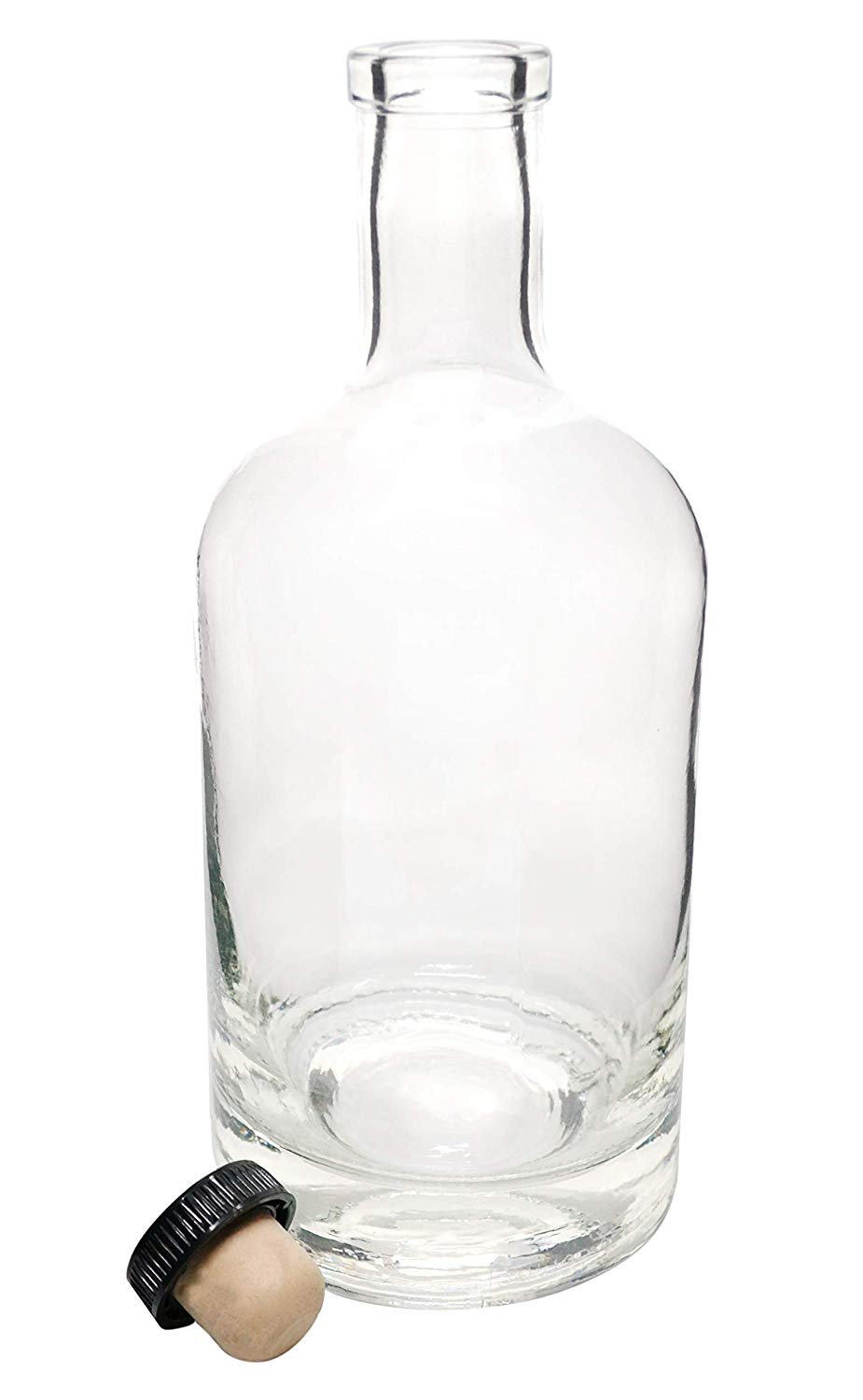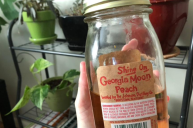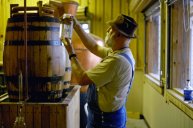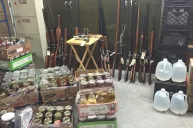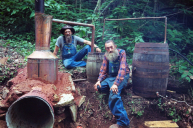One sip of white lightning-moonshine-and you feel it right down in your belly. Strong enough to put hair on your chest, as the story goes, the word "moonshine" brings illegal liquor to mind. But is moonshine illegal?
Videos by Wide Open Country
In a word: Nope. What was once a hush-hush operation hiding out in the boonies from the long arm of the law has now mutated into a legitimate business. Commercial distillers are distilling moonshine legally nationwide, slapping fancy product labels on bottles, and selling to consumers. (You can even snag moonshine bottled in a mason jar.)
Is Making Moonshine Illegal?
Will you get in a tangle with law enforcement for your homemade moonshine? Yes, ma'am! It's illegal to make moonshine for personal consumption. (You can, however, own and operate a still to process alcohol for fuel-with proper permits.)
Making liquor may sound fun, but it can be deadly if not done properly. There are no regulations on homemade stills, and some folks would form them given whatever material they could solder together. Without proper equipment, your moonshine can lead to lead poisoning. And if you don't know anything about the fermentation process, your corn mash can turn into methanol, causing blindness or even death. While most home distillers are well-versed in the practice, it is important to remember what can go wrong.
The History of Moonshine

Even the Discovery Channel has turned moonshine into a profit with its popular TV series "Moonshiner". The show has glamorized illegal moonshine, causing fans to seek out their own supplies for homemade distilled spirits.
To gain a better understanding of moonshining, we first must understand its eclectic history in the U.S., and how the government controls alcohol sales. After the American Revolution, in 1790, the government placed federal taxes on liquor as a means to gain revenue from expenses drained during the war. The excise tax placed on distilled spirits, however, was not popular with the people. (Fun fact: Then-President Washington opposed it, too! It'd been Treasury Secretary Alexander Hamilton's idea.)
Many farmers then made their living by turning crops into corn liquor, and the new tax meant trouble for feeding their families. That translated into trouble for tax collectors: Those stopping by farms to collect sometimes wound up being tarred and feathered. As tensions grew, angry citizens launched a Whiskey Rebellion in 1794 in western Pennsylvania. President Washington had to send in federal troops to quell the violence. The citizens' attempts weren't successful in overthrowing the tax, but moonshining continued.
States such as Virginia, Kentucky, Tennessee, North Carolina, and South Carolina became a hotbed for moonshining. Locals decided they weren't going to pay a cent of the federal government's excise tax.
While making moonshine wasn't illegal- until Prohibition-not paying taxes on it was. In an effort to hide the money-making business, moonshiners took to working at night by the light of the moon. Thanks to all those folks hiding out at night and brewing up a batch of good ol' hooch-including plenty of entrepreneurially minded women-the term "moonshine" now had a new meaning.
In attempts to feed their families, moonshiners had to protect their product. Gun fights and ratting on moonshiners became common. Violence ensued as non-moonshiners outed still locations and tax collectors were threatened. The growing unrest helped seed the start of the Temperance Movement.
Violence and the 18th Amendment

Getty Images/duncan1890
Due to the violence that occurred from not paying the excise tax on liquor, those in favor of outlawing alcohol entirely gained traction. In 1919, the 18th amendment was ratified and America faced Prohibition. Now, with the production or sale of booze outlawed, moonshiners had no choice but to start bootlegging.
The problem moonshiners faced with bootlegging-other than being discovered-was transporting their product. That's where whiskey runners came into play. Fast drivers took to hauling liquor in the wee hours of the night, running from the law.
In fact, it's the very act of whiskey running that gave us NASCAR. Appalachians would soup up their cars and drive through windy dirt roads in the middle of the night to evade the police. Trying to see who had the fastest car for a getaway, the bootleggers got the idea to clear out fields and set up race tracks.
One of the last and most famous bootleggers of the early '00s, Marvin "Popcorn" Sutton, turned his "likker" into a legacy. Distilling his moonshine and running from the law, Sutton was a true moonshiner. Using a recipe that was passed down from generations, Sutton continued to illegally distill well into the 2000s, despite police run-ins. In 2009, after trying to sell nearly 1,000 gallons to an undercover federal agent, he was sentenced to 18 months in prison. He sold his recipe to a businessman while still under house arrest, and killed himself days later. Small-batch Popcorn Sutton whiskey-and a gravestone that insults the viewer-are two of his legacies.
In 2010, as the economy was plummeting, Appalachian states found they could profit by legalizing moonshine. Tennessee was the first to legalize the white liquor, followed by states like Kentucky, Alabama, Georgia, and South Carolina. (That's why you can get a first-hand glance at the Ole Smoky Moonshine distillery in Tennessee, then belly up to the tasting bar for a taste of white lightning.) Today, moonshine distribution is legal if you've gone through the red tape to get the proper permits.
So You Want To Infuse Your Own Alcohol
While you can't make your own moonshine at home, you can infuse store-bought alcohol at home. It's not as illicit, but it sure is safer-and often, tastier! Here are a few products to stock up on.

Getty Images/urbazon
1. Spirit Infusion Kit
There are so many ways to infuse liquors these days, from bacon-flavored bourbon to elderflower-tinged gin to raspberry vodka. The Spirit Infusion Kit comes with a recipe and instruction book, infusion jar, liquor bottle, funnel, strainer and a cute chalkboard tag to label the bottle. This has to taste way better than that cheap flavored vodka from my college days.
2. Mason Jars
If you still have Mason jars from your wedding, put them to use. If not, get enough Mason jars to share your infused liquor with the family. (We cannot tell a lie; we love this rendition, with metal straws! CUTE.)
3. Apple Pie Moonshine Spice Mix
Move over, Pumpkin Spice Lattes! These guys tell you how to use a handle of cheap vodka, this autumnal spice mix, and apple juice concentrate to make your own "moonshine." Check out our own recipe for a green apple moonshine that will serve nicely with a slice of apple pie.
6. Moonshine Bottle
Decant a favorite spirit into the bottle and make a homemade label for a gift. (The last time many of us were gifted a bottle of liquor was for our 21st birthdays!) Or give a non-alcoholic infusion. It's just a good-looking bottle, conjuring a strange time in American history.
Products featured on Wide Open Country are independently selected by our editors. However, when you buy something through our links, we may earn a commission.
